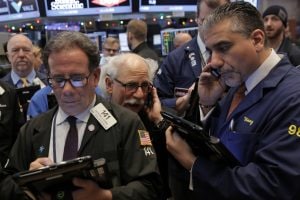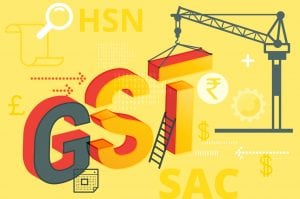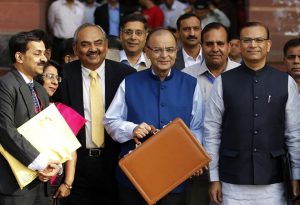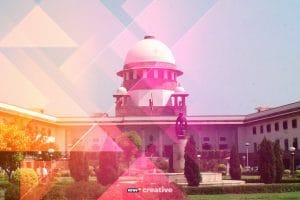S&P 500’s best month since 2015 ends on a high note
Summary
Facebook jumped 10.82 percent, its strongest daily rise since January 2016, after its quarterly profit topped expectations and showed that advertisers were still flocking to the social network even after a series of high-profile embarrassments.
Wall Street ascended on Thursday, with the S&P 500 wrapping up its biggest monthly increase since 2015 after strong earnings from Facebook Inc added to optimism after the Federal Reserve’s dovish remarks.
Facebook jumped 10.82 percent, its strongest daily rise since January 2016, after its quarterly profit topped expectations and showed that advertisers were still flocking to the social network even after a series of high-profile embarrassments.
General Electric Co soared 11.65 percent after the industrial conglomerate beat estimates for quarterly sales and cash flow and said it sees industrial revenue rising modestly in 2019.
Investors took heart from the Fed’s pledge on Wednesday that it would be patient in raising interest rates further this year, easing concerns about tightening financial conditions crimping economic growth.
“There was a severe lack of trust in the Fed a month ago, and that has been relieved,” said Craig Callahan, chief executive officer of Icon Advisors in Denver.
Better-than-expected results from many US companies reporting in recent days are also fueling optimism on Wall Street, Callahan added.
The S&P 500 rose 7.9 percent in January, its best monthly performance since October 2015 and its best January since 1987.
Of the 210 S&P 500 companies that have reported fourth-quarter results, 71 percent have topped profit estimates, according to Refinitiv data.
Investors were awaiting the conclusion of the high-level talks between the United States and China, aimed at easing a six-month-old trade war that has battered financial markets.
China’s leader, Xi Jinping, told US President Donald Trump in a letter that he hopes both sides will be able to meet each other halfway to reach a trade agreement before a March 1 deadline, Trump said.
The S&P 500 gained 0.86 percent to end at 2,704.1 points, while the Nasdaq Composite added 1.37 percent to 7,281.74.
The Dow Jones Industrial Average slipped 0.06 percent to end at 24,999.67, hurt by DowDuPont Inc.
DowDuPont dropped 9.23 percent after the chemical maker’s revenue fell short of expectations. The S&P materials sector declined 1.54 percent.
The Nasdaq has gained 9.7 percent in 2019, while the Dow is up 7.2 percent.
After the bell, Amazon.com Inc forecast quarterly sales below Wall Street estimates and its stock dipped 2.5 percent.
The S&P communications services sector surged 3.74 percent during Thursday’s session, leading gains among the 11 major S&P sectors, thanks to Facebook, Alphabet Inc and Charter Communications Inc.
Charter jumped 14.19 percent after topping quarterly revenue estimates as the cable operator attracted more customers for its internet services.
Microsoft Corp declined 1.83 percent after its Azure cloud computing sales grew at a slower pace than a year earlier, although its quarterly results and forecast topped Wall Street estimates.
Intel Corp slipped 0.88 percent after the chipmaker named interim Chief Executive Officer Robert Swan to the role on a permanent basis.
Advancing issues outnumbered declining ones on the NYSE by a 2.40-to-1 ratio; on the Nasdaq, a 1.80-to-1 ratio favored advancers.
The S&P 500 posted 27 new 52-week highs and no new lows; the Nasdaq Composite recorded 46 new highs and 24 new lows.
Volume on US exchanges was 9.5 billion shares, compared with the 7.7 billion-share average over the last 20 trading days.

Elon Musk forms several ‘X Holdings’ companies to fund potential Twitter buyout
3 Mins Read
Thursday’s filing dispelled some doubts, though Musk still has work to do. He and his advisers will spend the coming days vetting potential investors for the equity portion of his offer, according to people familiar with the matter









 Listen to the Article
Listen to the Article  Daily Newsletter
Daily Newsletter









